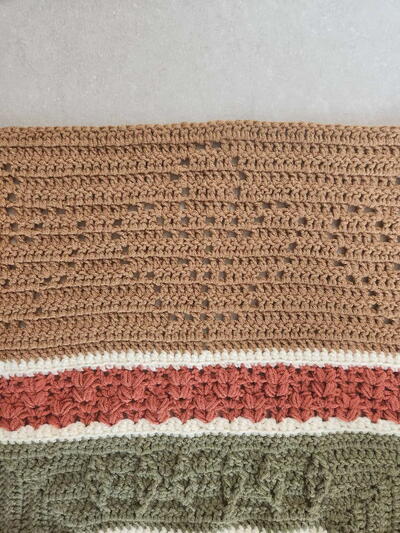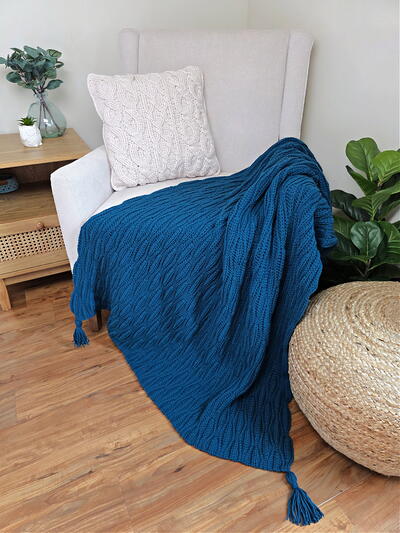How to Block a Crochet Afghan Pattern
3 Ways to Block your Crochet Afghan

As you're finishing up your crochet afghan pattern, you might be noticing that some of the ends look a little shaky or uneven, despite your careful and strict stitch counting. Don't worry, it's totally normal! There are different crochet techniques you can use to keep your edges straight as you work, but you can also just block your finished work when you're all done. Blocking is usually the last, finishing step after many stitching hours. Some crocheters don't bother while others swear by it - whether you block your finished piece is really up to you, but it does set your project and stitches in place, in just the right way.
If you're using any special stitches or cables, blocking can help set them off better or even show them off more beautifully. Plus, if you're working on a granny square crochet afghan pattern, it's easier to join and seam all the pieces together if they're blocked. If you're working on a full-sized, side-to-side afghan, it's very likely that your tension will vary throughout, and blocking will absolutely help with that and minimize that loosely crocheted parts.
There are three different ways to block items, traditionally: wet, dry and cold. Which method you choose to utilize depends on the type of project you've worked on and the yarn content, as certain yarn fibers can't handle high heat.
Before you begin blocking your afghan, be sure to have all the necessary materials and space ready: if you're working on smaller pieces, like granny squares, you'll need a blocking board, rustproof pins, a steamer or steam iron, spray bottle and your yarn labels. For a larger afghan, a bed, a large and well-padded table or even a carpeted floor (covered with a sheet) would work.
Blocking Methods
Before blocking, check your yarn label for washing instructions. If it says hand wash only, make sure you heed that advice. For instance, wool yarn has a tendency to felt, so if you don't want your afghan to gain that texture or feel, make sure to hand wash it. After you've spent so much time and effort over the past few months working on your crochet afghan, make sure you finish it up with the same amount of devotion.
If you're unsure about which method to follow, check the label and do some research online or block a smaller swatch as a test. It's better to try and fail on a swatch than on your entire afghan.
Wet Blocking
Wet blocking is best for yarn that can handle being submerged in water, and make sure you don't wrist or twist your work.
-
Wash your project.
-
Find a good spot to lay out your project, like a spare bed in a bedroom or on clean towels on a carpeted floor. Pin your afghan in place with steel rust-proof pins to avoid any rust stains on your finished afghan.
-
Begin on one side and gently pull to straighten your work, adding in pins as you go.
-
Work around the afghan, pulling and pinning as you go. Make sure to keep your edges straight.
-
Once you have everything in place, let it fully dry over a full day or two. Let a fan blow on it to speed up the process if you wish.
Dry Blocking
Dry blocking is best for any types of fibers that can handle moisture and steam.
-
Do not wash your afghan. Instead, spread your crochet afghan out over your desired surface.
-
Working around your afghan, pin the afghan in place.
-
Smooth and flatten the afghan with your fingers as much as possible, again, working your way around.
-
With a steamer or steam iron held an inch or more above the afghan, steam the fabric slowly.
-
Move the steamer or iron around the surface of the afghan, steaming as you go. Be sure not to press down or to let the iron touch the surface of the fabric.
-
When you're done, let the crochet afghan cool and dry completely.
Cold Blocking
Cold blocking is best for any types of yarn that can handle moisture and water, but not heat.
-
Spread your crochet afghan out over your desired surface.
-
Work your way around the afghan and pin it in place as you go, similar to the other methods.
-
Like you did with the iron or steamer, mist your way around the afghan with a spray bottle of clean water until your afghan is totally wet.
-
Press down on the afghan or use more water if areas pucker up.
-
When you finish, let the afghan dry completely.
Read NextCluster V-stitch Crochet Tutorial
Your Recently Viewed Projects
Kate Abbey
Apr 27, 2016
I'm so glad I found this, I feel like every beginner should read this article!
Zeemer
Mar 31, 2016
This is a great article giving crocheters valuable tips on blocking an afghan. Please read on and you will know what I mean. There are ways to block your afghan. Wet, Dry, and Cold. Very useful to my fellow crochet addict.
Report Inappropriate Comment
Are you sure you would like to report this comment? It will be flagged for our moderators to take action.
Thank you for taking the time to improve the content on our site.

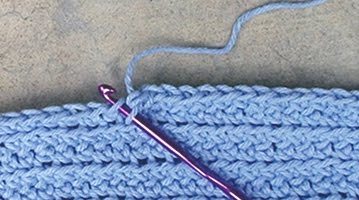

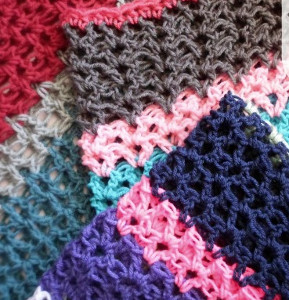

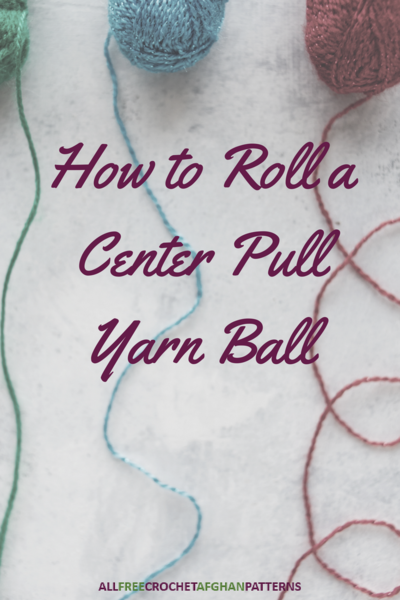
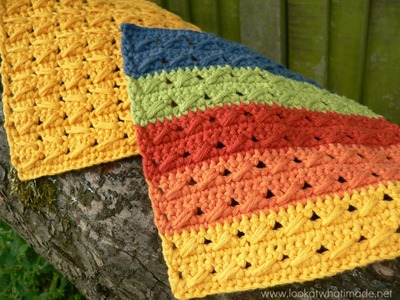
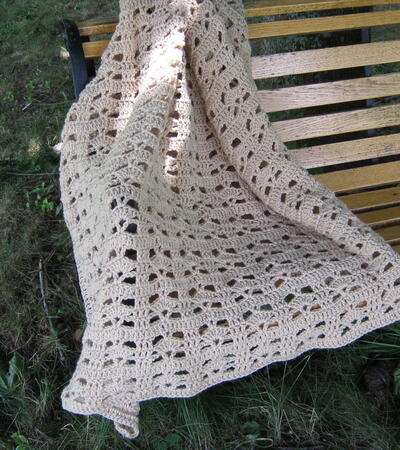

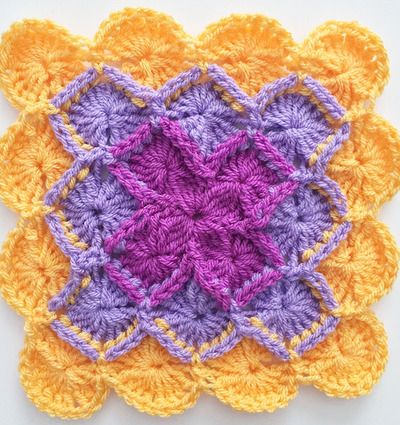
![Yarn Weights Chart [Infographic]](http://irepo.primecp.com/2017/06/336145/Yarn-Weights-Chart-Infographic_Large400_ID-2297604.jpg?v=2297604)


